Tools of Conservation
Landowner Resources
Contact the Mother Lode Land Trust if you want a FREE NO OBLIGATION CONSULTATION with our Executive Director. We will sit down with you and go over the steps required to place a conservation easement on your property, discuss different options, and answer any questions you and your family may have.
Visit our national partner, the Land Trust Alliance. This site contains updated information on land trusts, conservation easements, tax incentives, and funding opportunities.
California also has a member trust that works within our state to support land conservation efforts. The California Council of Land Trusts helps fight for legislation that secures funding for conservation, assists landowners and land trusts in court, and provides opportunities for continued education through annual meetings and conferences.
Regionally, the Sierra Cascade Land Trust Council provides a place where other local land trusts can network, share ideas, and learn about regional conservation efforts. SCLTC holds quarterly meetings and workshops that serve as a valuable resource for the Mother Lode Land Trust and other member trusts.
Conservation Easements
A conservation easement is a set of voluntary, negotiated, legal deed restrictions between a landowner and the land trust. Conservation easements protect agricultural, scenic, historic and archaeological values, and wildlife habitat by placing permanent restrictions on the future uses of the land. The restrictions are dependent on the conservation goals and tailored to the needs and desires of each landowner. The landowner retains fee title to the property and can sell, devise, or otherwise transfer title to the land, subject only to the terms of the conservation easement. Public access is not automatically granted unless the landowner is open to that option. The land trust is charged with monitoring the property to ensure that the conservation values are being protected and the terms of the conservation easement upheld.
Conservation easements can be donated by the landowner or purchased by the land trust. When donated, landowners can receive a tax deduction equal to the value lost by the recording of the conservation easement. When purchased, landowners receive cash equal to the value lost by the recording of the conservation easement.
Special Opportunity for Landowners
Congress recently extended, indefinitely, a Federal tax incentive for conservation easement donations that has helped thousands of landowners conserve their land. The incentive raises the deduction a donor can take for donating a conservation easement from 30 percent of his or her annual income taxes in any year to 50 percent; allows qualifying farmers and ranchers to deduct up to 100 percent of their income taxes; and extends the carry-forward period for a donor to take tax deductions for a voluntary conservation easement from 5 to 15 years.
Fee Purchase
Direct acquisition is a good option for landowners who wish to see their property protected but no longer want to retain ownership. Acquisition is also a good option for the land trust when a property’s protection would provide great benefit to the community, whether it be wildlife protection, public access, scenic beauty, or historic value.
Mitigation
Mitigation is becoming more and more popular especially in the western portions of our Counties, as developers convert the land and need to compensate for lost resources. Traditionally, developers can pay a fee to cover their mitigation, however local communities sometimes don’t benefit if these fees go out of the area. MLLT has begun to call for local, on-the-ground mitigation requirements that will ensure that mitigation dollars and projects stay in our community. This on-the-ground mitigation proves to be a beneficial financial resource for landowners who have resources on their property needed for mitigation. For example, if a developer needs to mitigate for a loss of tiger salamander habitat, and a certain landowner has tiger salamanders, the developer could pay them to put a conservation easement on their land protecting this resource. Most of the time this Conservation Easement doesn’t change anything about the way the land is currently managed, it just curtails development to protect the resource. Mother Lode Land Trust is always looking for landowners who would be interested in placing their name on a list for future mitigation projects. Contact us to join this list or to get more information on this and other tools for conservation.
